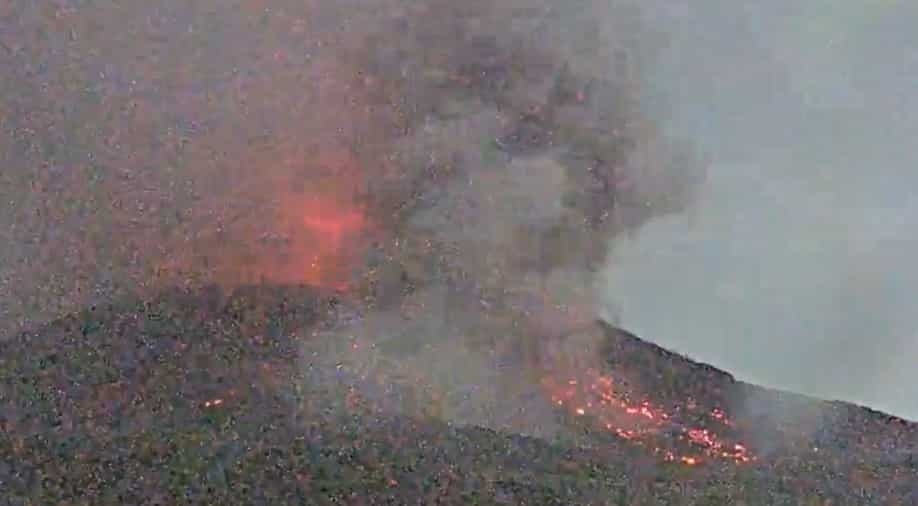WATCH | Indonesia's Marapi volcano erupts, blanketing West Sumatra with layers of ash
Story highlights
The distribution of masks is being done by authorities to mitigate the health risks associated with inhaling volcanic ash particles, which can pose respiratory problems.
During a dramatic eruption, Indonesia's Marapi volcano which is situated in West Sumatra province unleashed a plume of volcanic ash reaching a staggering 3,000 metres (9,843 ft) into the sky.
Media reports quoting the country's disaster management agency BNPB said that the eruption occurred at 2.54 pm local time (0754 GMT).
The volcanic eruption was accompanied by the forceful dispersion of volcanic ash over nearby districts, leaving roads and cars coated in a layer of ash. This was seen in images released by BNPB, Reuters reported.
trending now
In response to the eruption, authorities have implemented strict safety measures, prohibiting residents and visitors from engaging in any activities within a 3-kilometre radius of the volcano's crater.
The alert level for Marapi mountain has been raised to the second-highest.
Also Read | Southern Philippines shaken by magnitude 6.6 earthquake following previous day's 7.6 quake
Ade Setiawan, an official at the local disaster management unit BPBD, while speaking over the importance of precautions, reportedly said, "We have distributed masks to residents and encourage them to stay inside their houses."
Masks distributed
The distribution of masks is being done by authorities to mitigate the health risks associated with inhaling volcanic ash particles, which can pose respiratory problems.
Also Read | Israel-Hamas war: We have no desire to harm Gaza's population, says Israeli PM Netanyahu
Indonesia, located on the Pacific's notorious "Ring of Fire," is home to 127 active volcanoes, according to the volcanology agency.
Indonesia’s Merapi volcano spews clouds of ash up to 2,000 metres #BernamaNewshttps://t.co/loARIR4Mns
— BERNAMA (@bernamadotcom) December 2, 2023
🎥 PVMBG pic.twitter.com/GXLXMCuwt4
The frequent volcanic activity in the region shows the country's vulnerability to natural disasters and the authorities are vigilant and monitoring the preparedness.
Watch | Myanmar rebel groups mounting nationwide offensive against junta
Indonesia is a vast archipelago comprising thousands of islands within the Ring of Fire, a horseshoe-shaped zone encircling the Pacific Ocean, characterised by high seismic and volcanic activity.
The tectonic activity in the Pacific Ring of Fire is a result of the movement of several tectonic plates beneath the Earth's surface.
Indonesia, specifically, sits at the convergence of several major tectonic plates, including the Indo-Australian Plate, the Pacific Plate, and the Eurasian Plate. The interactions of these plates create a dynamic geological environment, leading to the formation of numerous volcanoes and a heightened risk of earthquakes.
(With inputs from agencies)

















